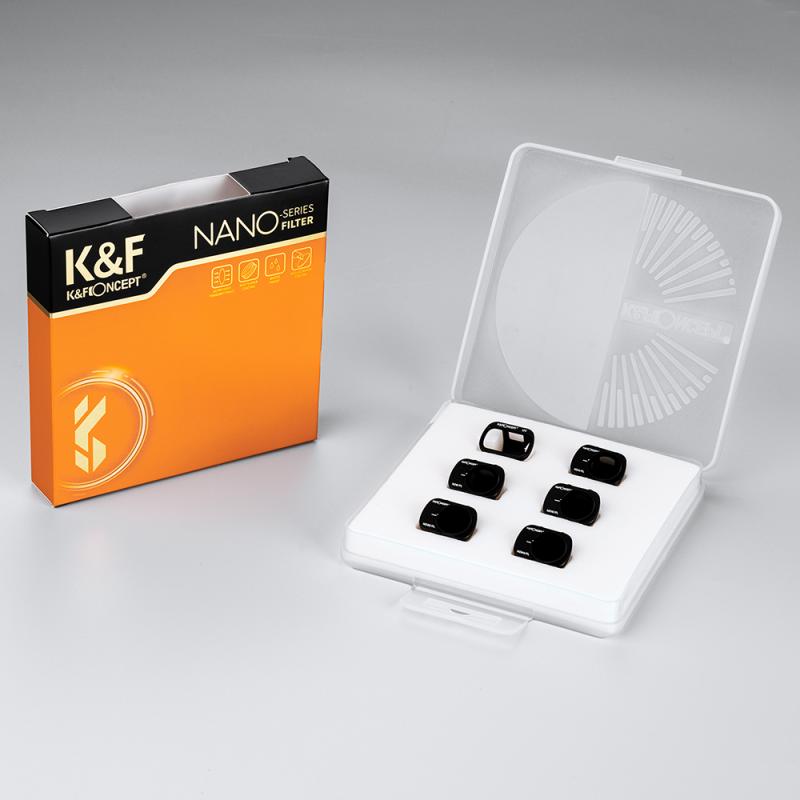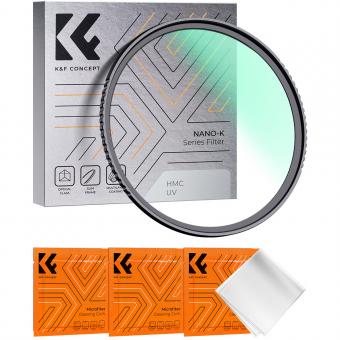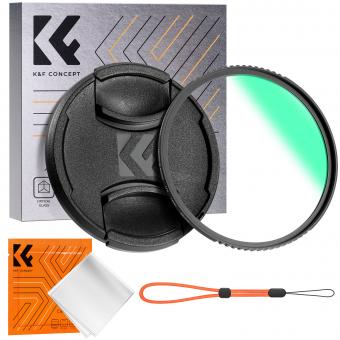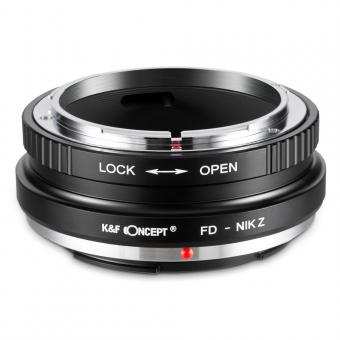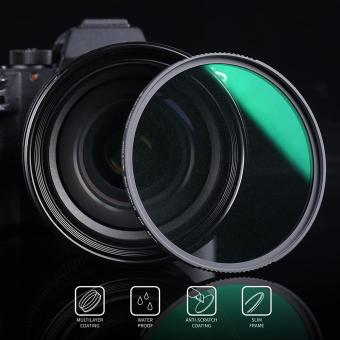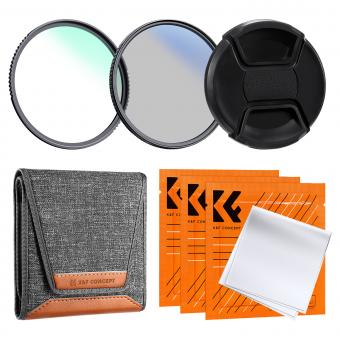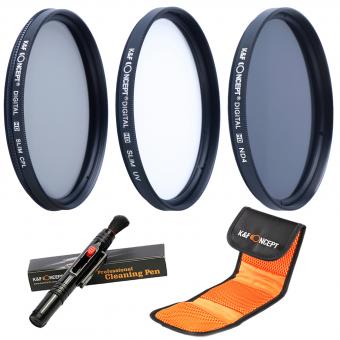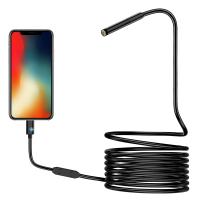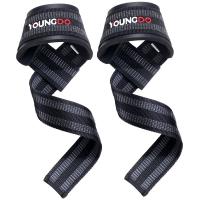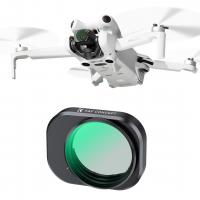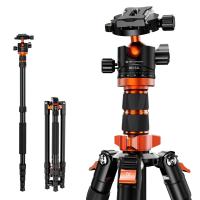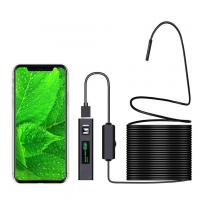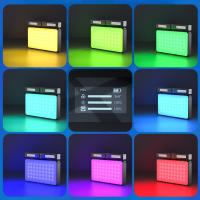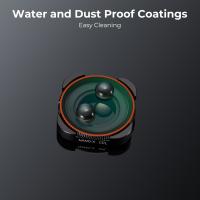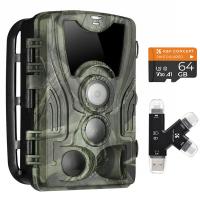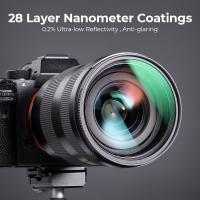What Are Uv Filters Used For In Photography ?
UV filters are used in photography to block ultraviolet light from entering the camera lens. These filters are transparent and do not affect the overall color balance of the image. UV filters primarily serve two purposes: to reduce the bluish cast that can occur when shooting in bright sunlight and to protect the front element of the lens from scratches, dust, and moisture. By blocking UV rays, these filters help improve image clarity and sharpness, especially in landscapes and outdoor photography. Additionally, UV filters can be left on the lens at all times, acting as a protective barrier against potential damage.
1、 Protection against UV rays and lens damage.
UV filters are commonly used in photography to provide protection against harmful ultraviolet (UV) rays and potential lens damage. These filters are transparent and are designed to block out UV light, which can cause haziness and a bluish cast in photographs. By using a UV filter, photographers can ensure that their images appear clear, sharp, and free from unwanted color shifts.
One of the primary purposes of a UV filter is to protect the camera lens from scratches, dust, and moisture. It acts as a physical barrier, shielding the lens from potential damage that could affect image quality. Additionally, UV filters are easy to clean and replace, making them a cost-effective solution for maintaining the longevity of expensive camera lenses.
While the primary function of UV filters remains the same, there has been some debate in recent years about their necessity in the digital age. Some argue that modern digital cameras already have built-in UV filters, rendering the use of additional filters redundant. However, others believe that UV filters still offer valuable protection, especially in certain shooting conditions.
In addition to protecting the lens, UV filters can also serve as a convenient tool for photographers who frequently shoot in harsh environments. These filters can act as a barrier against dust, sand, and saltwater spray, preventing them from directly contacting the lens surface. This can be particularly useful for landscape and outdoor photographers who often encounter challenging weather conditions.
In conclusion, UV filters are primarily used in photography to provide protection against UV rays and potential lens damage. While there may be differing opinions on their necessity in the digital age, UV filters still offer valuable benefits, including lens protection and the ability to withstand harsh shooting conditions. Ultimately, the decision to use a UV filter depends on the photographer's preferences and shooting style.
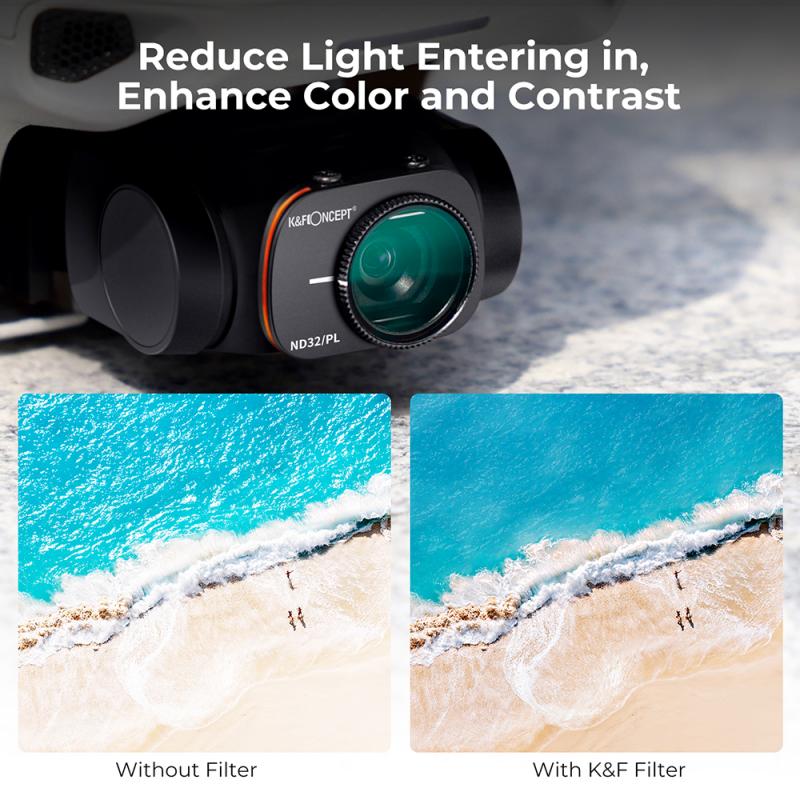
2、 Reduction of haze and atmospheric distortion in outdoor photography.
UV filters are commonly used in photography to reduce the effects of ultraviolet light, which can cause haze and atmospheric distortion in outdoor images. These filters are transparent to visible light but block ultraviolet rays, resulting in clearer and sharper photographs.
One of the main benefits of using UV filters is the reduction of haze. When photographing landscapes or distant subjects, the atmosphere can scatter UV light, creating a hazy or foggy appearance in the image. By using a UV filter, photographers can minimize this effect and capture a more accurate representation of the scene. This is particularly useful in mountainous or coastal areas where the air tends to be more humid and prone to haze.
Furthermore, UV filters also help in reducing the bluish cast that can occur in photographs taken under bright sunlight. This is because UV light has a shorter wavelength than visible light and is more easily scattered by the atmosphere. By blocking UV rays, the filter helps to maintain a more neutral color balance in the image.
In addition to these traditional uses, the latest point of view on UV filters in photography is somewhat debated. With advancements in digital camera technology, many argue that modern sensors are already equipped with UV filters, making the use of additional UV filters unnecessary. However, proponents of UV filters argue that they still provide an extra layer of protection for the lens, preventing scratches, dust, and moisture from reaching the delicate glass surface.
Ultimately, the decision to use a UV filter in photography depends on personal preference and the specific shooting conditions. While some photographers may choose to omit UV filters, others still find them beneficial for reducing haze and protecting their lenses.
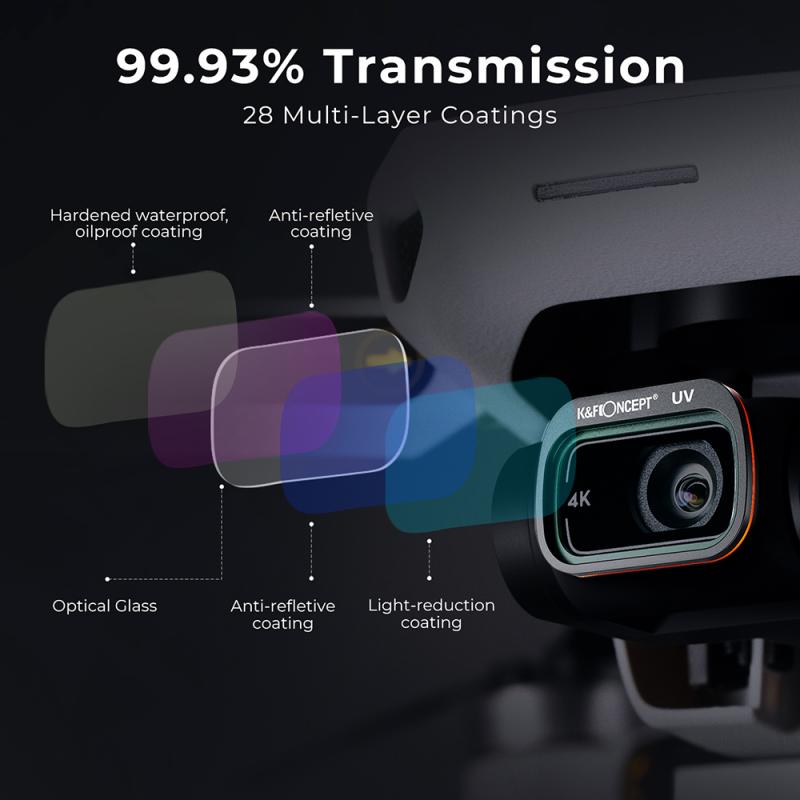
3、 Prevention of color shifts and improved color accuracy.
UV filters are commonly used in photography to prevent color shifts and improve color accuracy. These filters are transparent and are designed to block ultraviolet light, which can cause a variety of issues in photographs.
One of the main purposes of UV filters is to prevent the bluish color cast that can occur when shooting in outdoor environments, especially at high altitudes or near bodies of water. Ultraviolet light is more prevalent in these settings and can result in a hazy or washed-out appearance in images. By using a UV filter, photographers can reduce the impact of UV light and achieve more accurate and vibrant colors.
UV filters also help protect the camera lens from potential damage. They act as a barrier against dust, moisture, and scratches, which can be particularly beneficial in challenging shooting conditions. Additionally, these filters can be easily cleaned or replaced, providing an extra layer of protection for the lens.
However, it is worth noting that the use of UV filters has become a topic of debate among photographers in recent years. Some argue that modern digital cameras already have built-in UV filters, making the use of additional filters unnecessary. Others believe that the impact of UV light on digital sensors is minimal and that the use of UV filters may actually introduce unwanted lens flare or reduce image sharpness.
Ultimately, the decision to use a UV filter in photography depends on personal preference and shooting conditions. While they can be beneficial in certain situations, it is important for photographers to consider the specific needs of their equipment and the desired outcome of their images.
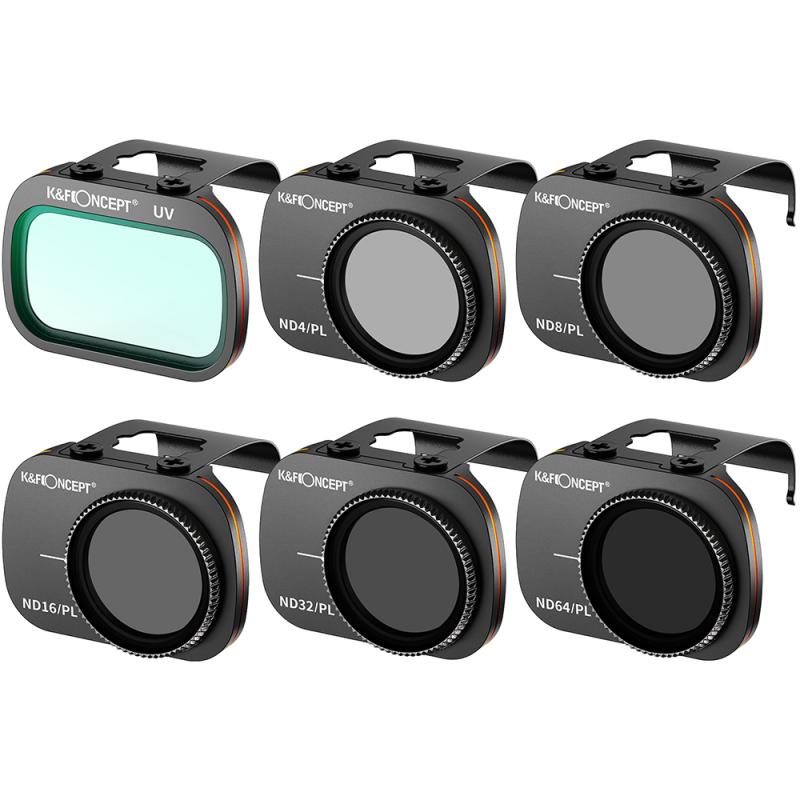
4、 Enhancement of image sharpness and contrast.
UV filters are commonly used in photography to enhance image sharpness and contrast. These filters are transparent and are designed to block ultraviolet light, which can cause haziness and reduce the overall quality of an image. By eliminating UV light, photographers can achieve crisper and more vibrant photographs.
UV filters are particularly useful when shooting in high-altitude locations or near bodies of water, as these environments tend to have a higher concentration of UV light. In such situations, UV filters can help reduce the bluish cast that often appears in photographs and improve overall color accuracy.
Additionally, UV filters can provide an extra layer of protection for the camera lens. They act as a barrier against dust, moisture, and scratches, safeguarding the lens from potential damage. This is especially important for photographers who frequently shoot in challenging conditions or in outdoor environments where the lens is exposed to the elements.
However, it is worth noting that the use of UV filters has become a topic of debate among photographers in recent years. Some argue that modern digital cameras already have built-in UV filters, making the use of additional filters unnecessary. Others claim that UV filters can introduce unwanted lens flare or reduce image quality, especially when using lower-quality filters.
Ultimately, the decision to use a UV filter in photography depends on personal preference and the specific shooting conditions. While they can enhance image sharpness and contrast, photographers should carefully consider the potential drawbacks and choose high-quality filters to minimize any negative impact on image quality.
